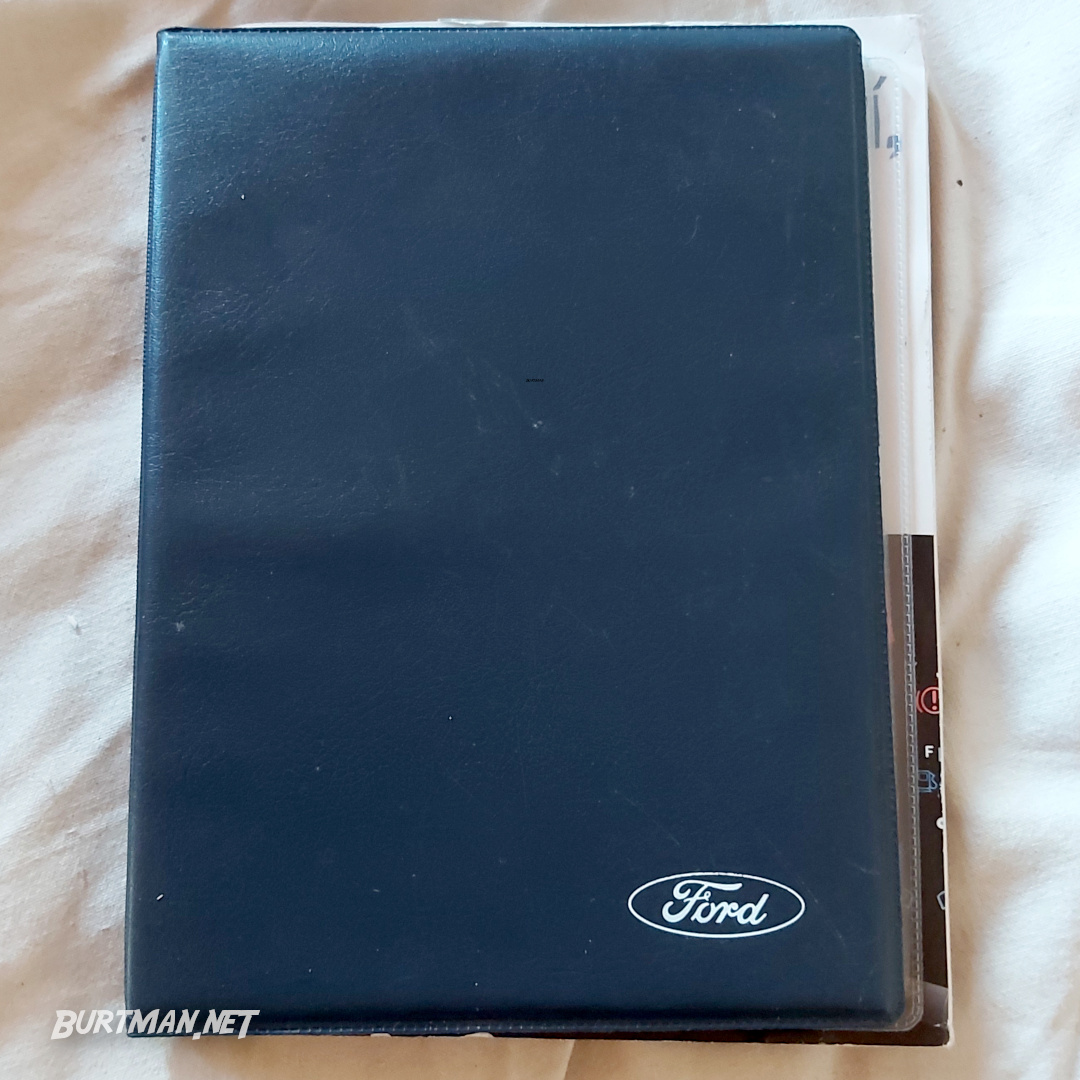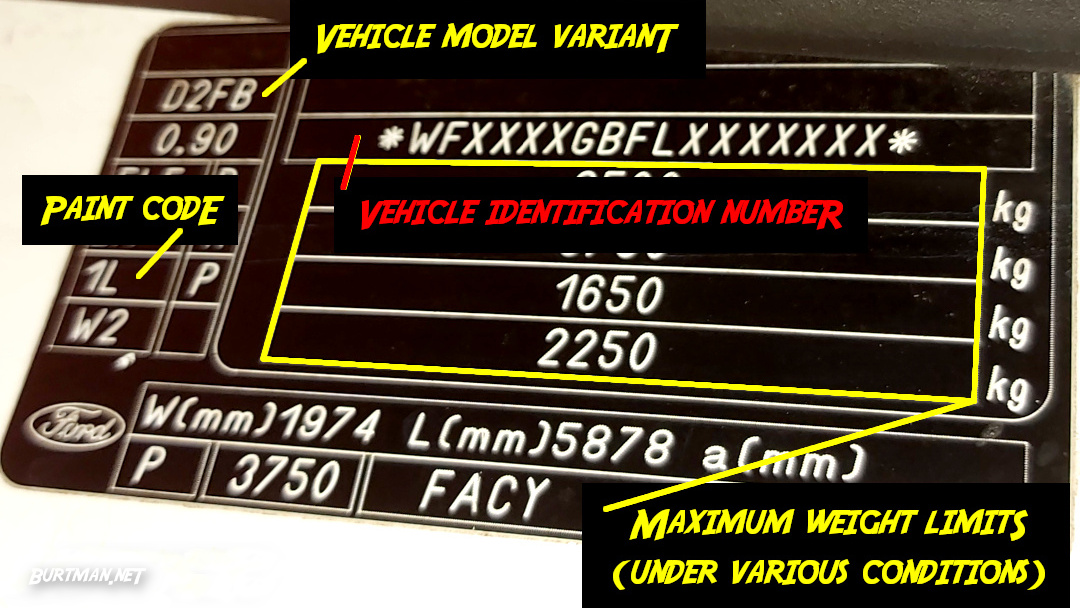Introduction
Do Your Own Annual Service (Part 1 Of 5)

Updated:
Your annual service, as recommended in your owner's manual, is just a matter of changing some oil and filters, and visually inspecting a few things for wear. It's pretty simple stuff that anyone can do, and doing it yourself can save you a fortune on labor fees.
So, what do you need to know?
Identifying Parts
Before you can change anything, you need to order the replacement parts, and to do that, you need to know what you're looking for. The good news is that, if you buy your service parts on ebay, as I usually do, you can enter your vehicle registration number and ebay will only show you parts that are compatible with your specific van.
However, in case you are buying locally, you will need to check your van's technical papers, as they will tell you exactly which model you have. The important details right now are those describing the engine, since you will be changing parts that are connected to the engine. All the info you need to know can be found in your owner's manual.

Your owners manual may be found in the glove box, inside one of these exciting book-tidy affairs.

It may even have the original radio password scribbled on the front.
You'll need to find out the following:
Year of manufacture will inform the parts store of many important details.
Engine size (usually displayed in cubic centimeters - "cc"). The number will often be just shy of the advertised engine size. For example, on my 2.4L engine, the actual displacement value (cylinder capacity) is 2402cc.
Specific engine model is important, as some engines appear to be identical, but have some minor differences that affect the size, shape or type of filter, amount of oil, etc.. My engine, for example, is not just a 2.4L Diesel, but specifically, a 2.4DI Duratorq Turbo Diesel. That is not the same as the 2.4TDCI, TDDI, etc., and the filters and oil capacity are different.
Power output can also be used to narrow down your exact engine. You will see it listed in kW (kilowatts).
Once you have this information, you should be able to find exactly which parts you need. But if you are struggling to locate the information, there's another way.
Every vehicle has a VIN (Vehicle Identification Number). It can be found in various places, and it tells the parts team everything they need to know to get you the right parts. You will find it in at least one of the following locations:
Corner of dashboard, right up against the window on the opposite side from the steering wheel (that's called Near Side, in case you were looking for some new terms). It will be readable from the outside.
Inside door frame, on a sticker or plate that contains lots of other information, such as maximum weight allowances, vehicle dimensions, and so on.
Inside the front wheel arch on the driver's side (that's called Off Side, and has nothing to do with football).
Stamped on the engine, usually in a place where it can be seen fairly easily with a flashlight.
If you still don't see it, check your latest technical inspection paper, service book or any other technical documents for the number. If you have an owner's manual but the actual number is not printed, it will at least tell you where that info can be found on your vehicle.
For reference, the VIN number is fairly long and will look something like this:

VIN plate, partly obscured because it is a unique vehicle identifier.
Once you have identified your vehicle, you can order your parts (next page).




 Maintaining Your Van
Maintaining Your Van Read around 2,500 times
Read around 2,500 times For Everyone
For Everyone